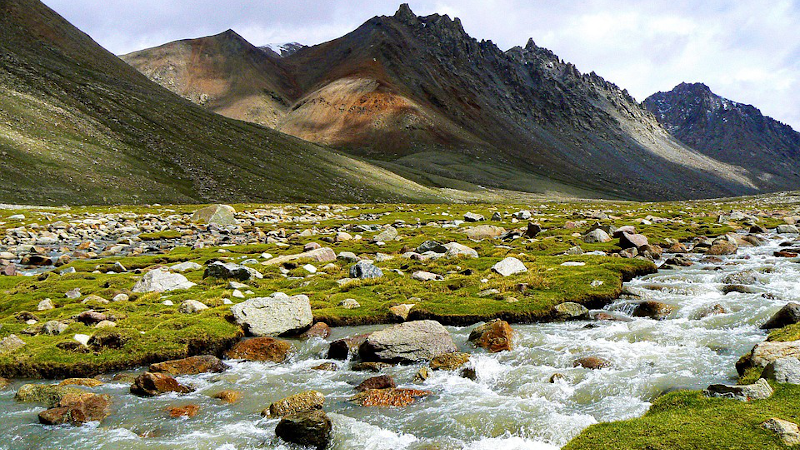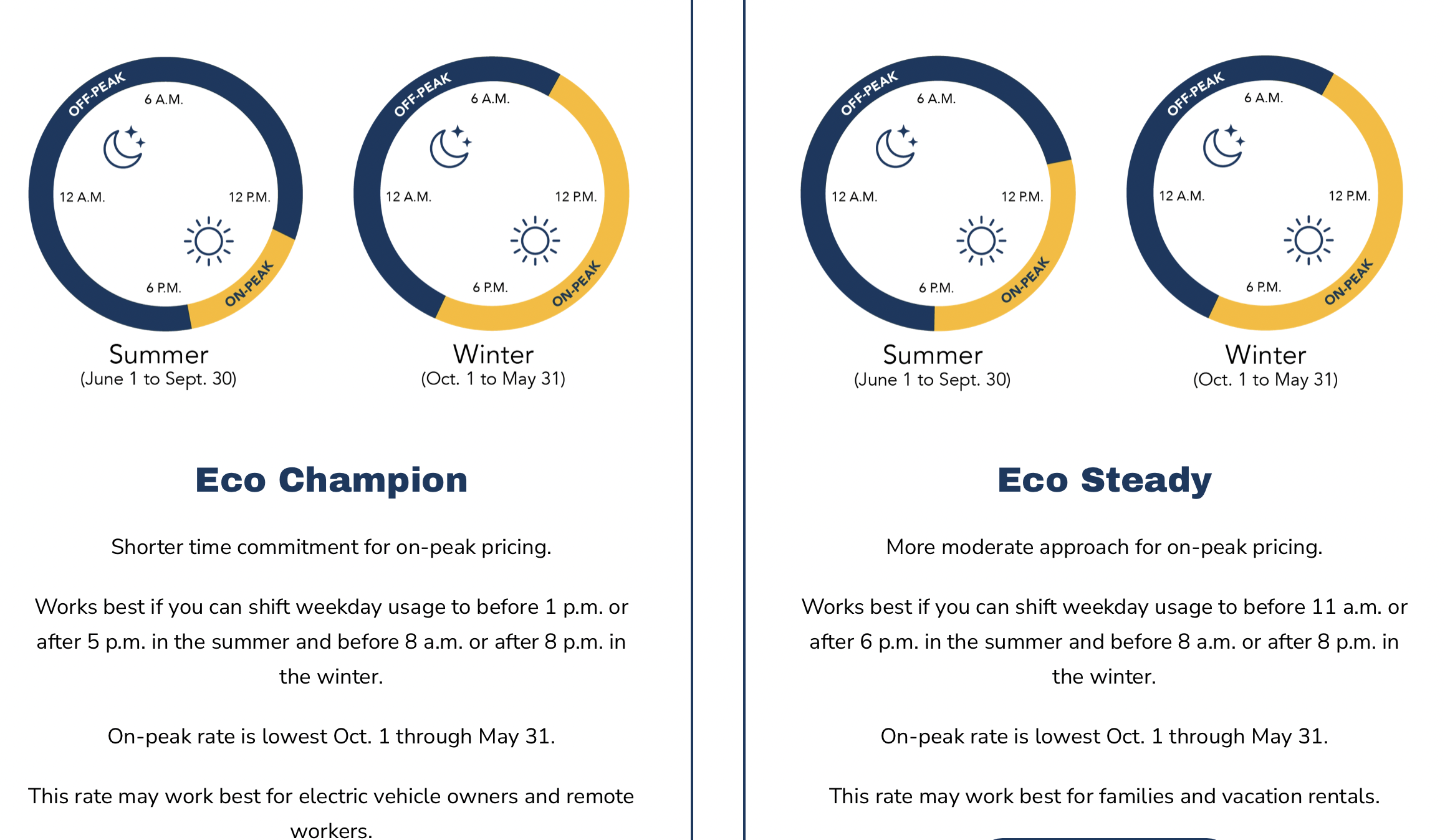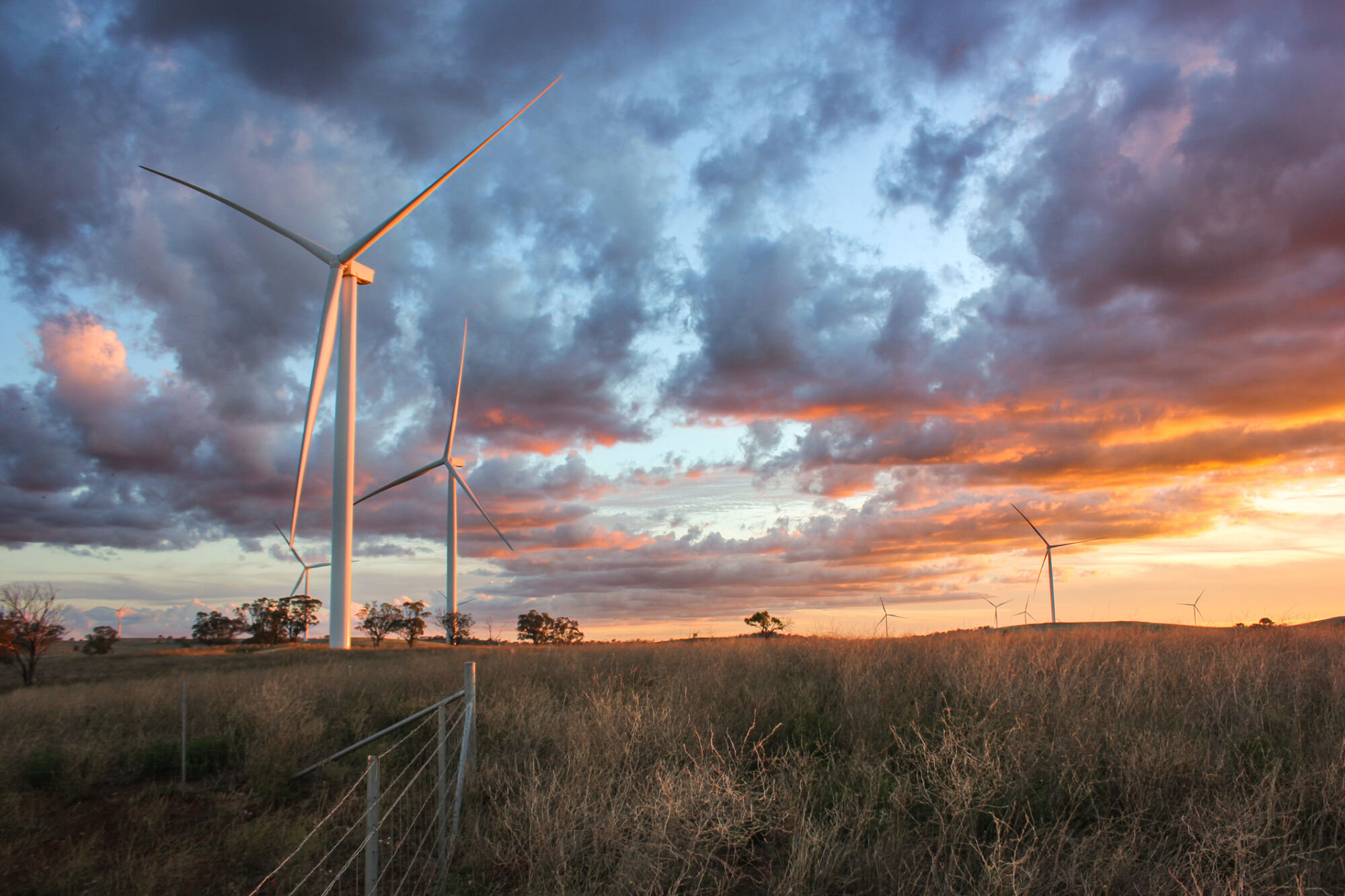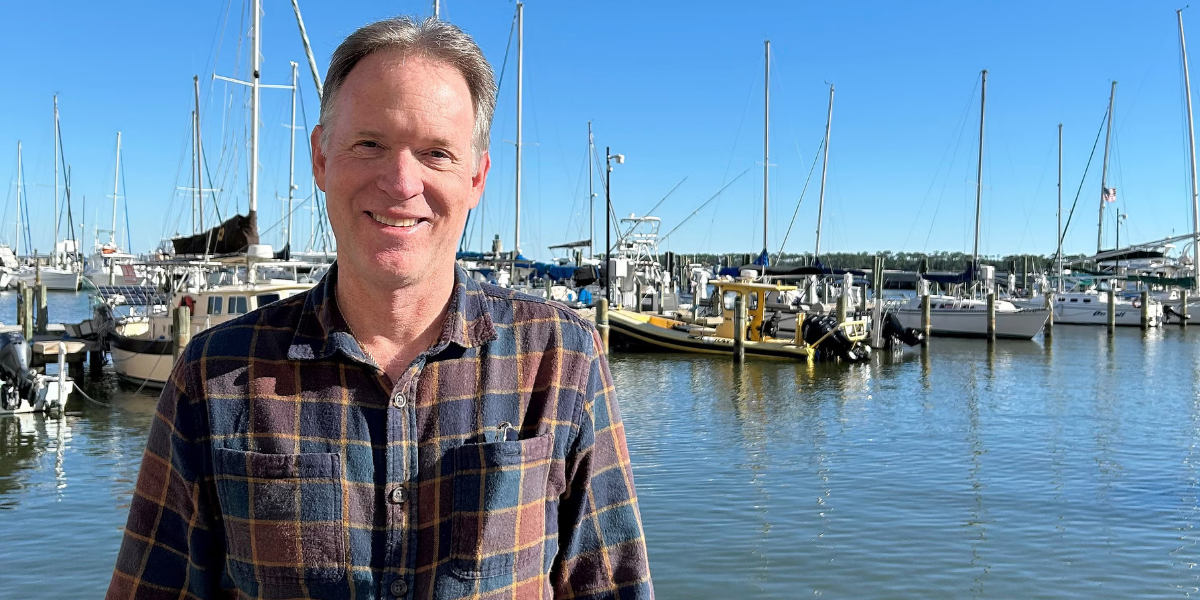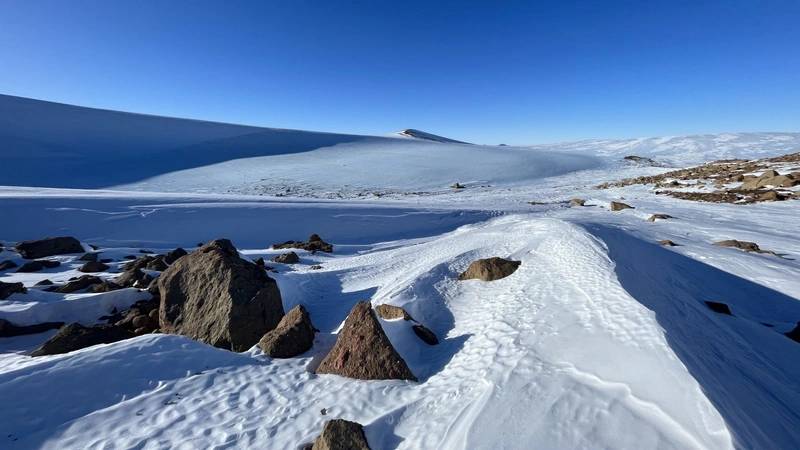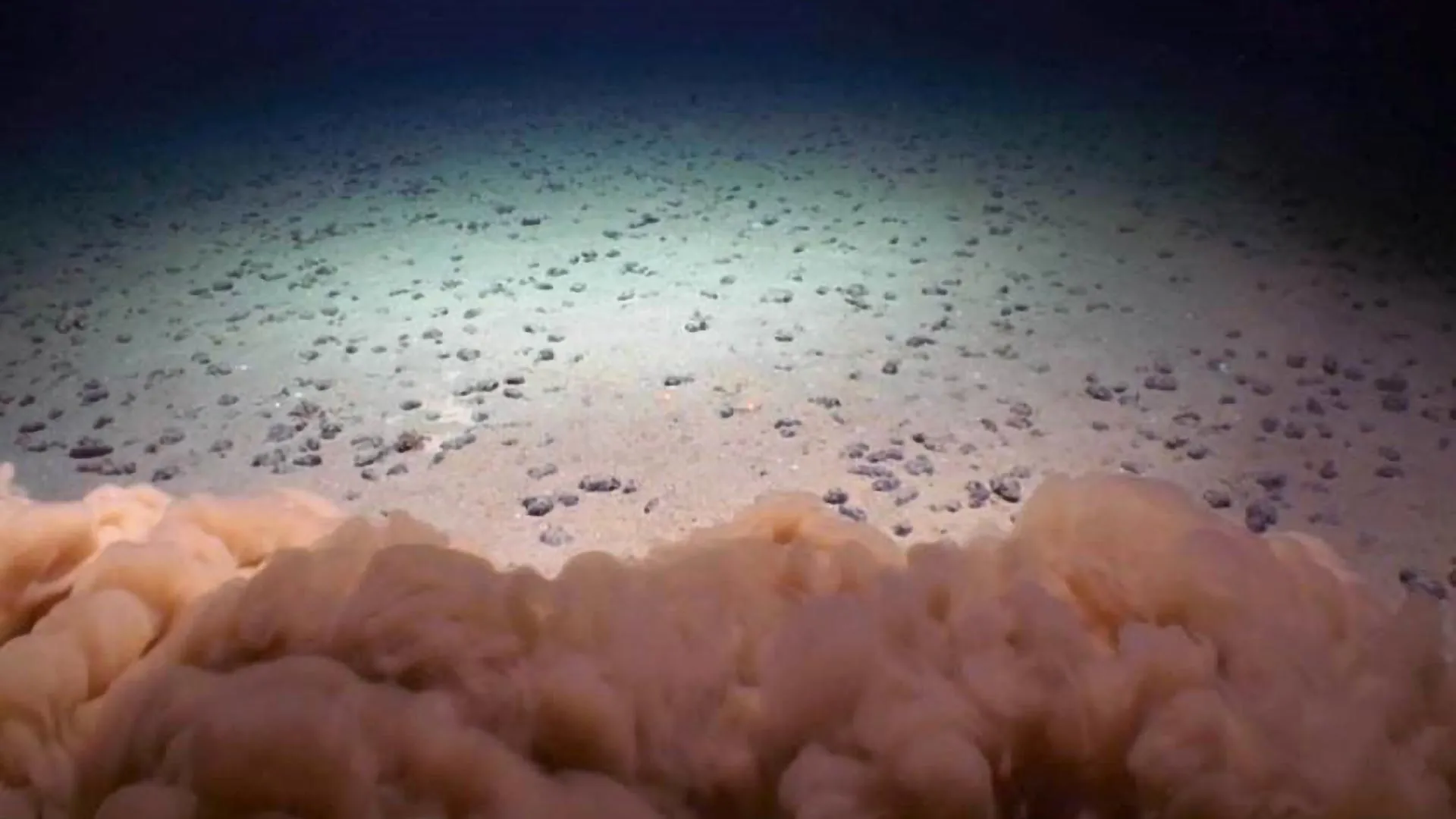Krill catch in Antarctica soars to record following collapse of conservation deal – WINK News
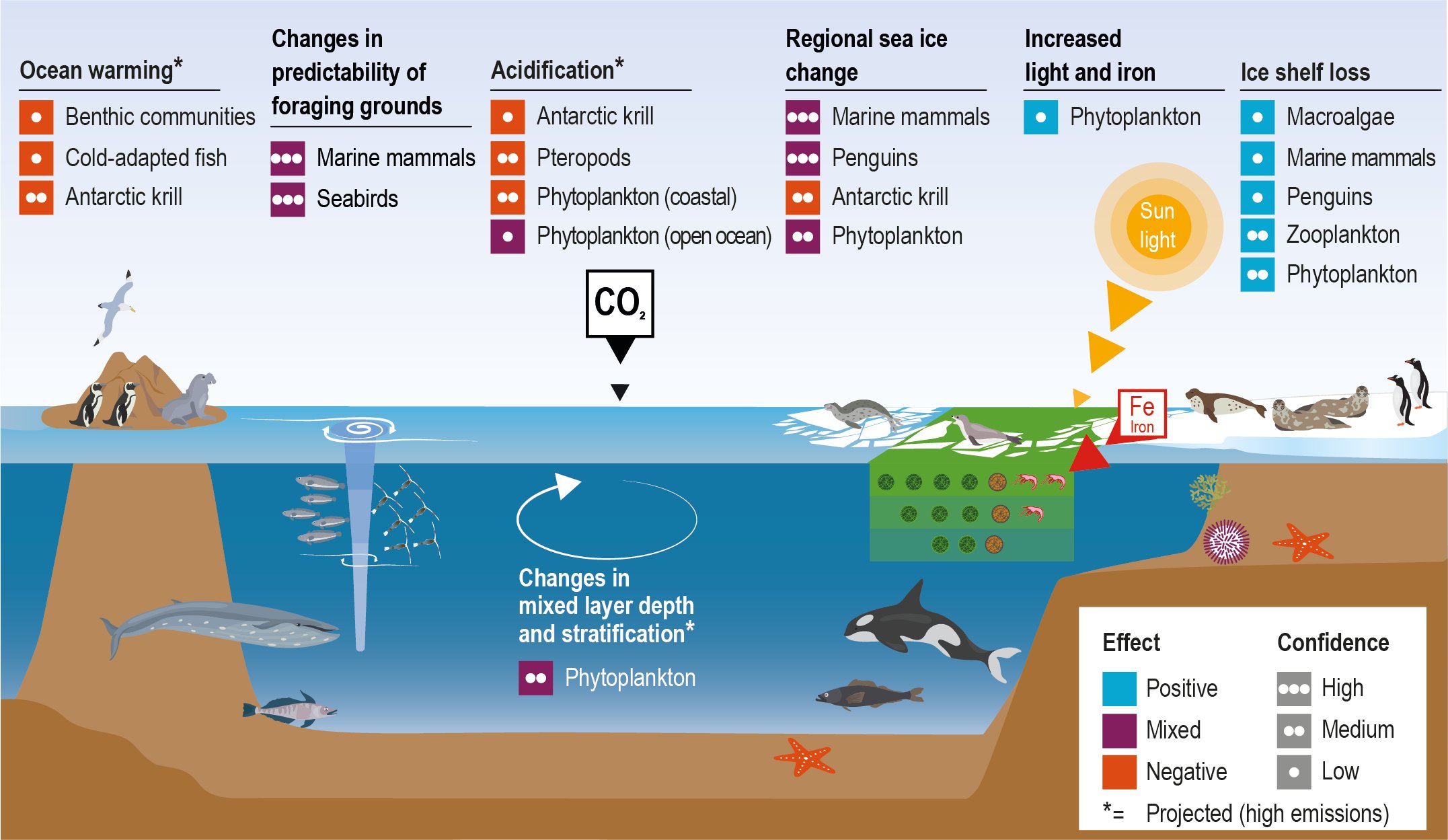
Report on Antarctic Krill Fishery and Implications for Sustainable Development Goals
Executive Summary
- A confidential report from the Commission for the Conservation of Antarctic Marine Living Resources (CCAMLR) indicates that krill fishing in Antarctica has surged to a record 518,568 tons in the 2024-25 season, representing 84% of the 620,000-ton limit that triggers an automatic fishery closure.
- This boom follows the failure of international governments to ratify a new management plan, leading to the expiration of spatial restrictions and a dangerous concentration of fishing activity.
- The current situation presents a direct challenge to the achievement of several Sustainable Development Goals (SDGs), most notably SDG 14 (Life Below Water), SDG 13 (Climate Action), SDG 12 (Responsible Consumption and Production), and SDG 17 (Partnerships for the Goals).
Analysis of Current Harvesting Trends and Governance Failure
Intensified Fishing Activity
- The catch in the first seven months of the 2024-25 season is fast approaching the total precautionary catch limit.
- Fishing has become highly concentrated in smaller zones, with one key area experiencing a catch nearly 60% higher than the entirety of the previous year.
- This concentration places intense pressure on local ecosystems, directly conflicting with the principles of sustainable resource management under SDG 12 and SDG 14.
Collapse of International Cooperation (SDG 17)
- A proposed management plan, which included measures to disperse fishing efforts and establish a large marine protected area, failed to achieve consensus at the 2023 CCAMLR meeting.
- Disagreement among member nations, including China and the United Kingdom, led to the withdrawal of support for the plan.
- This diplomatic failure represents a setback for SDG 17 (Partnerships for the Goals), which calls for effective international cooperation to achieve sustainable development.
- As a result, 15-year-old restrictions that prevented catch concentration have expired, allowing industrial trawlers to focus efforts in ecologically sensitive areas.
Direct Threats to SDG 14 (Life Below Water)
Ecosystem Disruption and Biodiversity Loss
- Krill are a keystone species in the Antarctic food web, serving as a primary food source for whales, penguins, and seals.
- The intensified, concentrated fishing creates direct competition between humans and marine predators, undermining efforts to protect and restore marine ecosystems as mandated by Target 14.2.
- Incidents of whale mortality, with three humpback whales found dead or injured in trawling nets in 2023, highlight the direct harm to marine life.
Setbacks for Marine Conservation Targets
- The failure to establish the proposed California-sized marine reserve impedes progress toward global conservation commitments.
- This inaction is contrary to Target 14.5 and the broader United Nations goal of protecting 30% of the world’s oceans by 2030. Currently, less than 5% of the Southern Ocean is protected.
- The lack of a science-based, precautionary management plan violates the principles of Target 14.4, which aims to end overfishing and implement sustainable harvesting practices.
Implications for SDG 13 (Climate Action) and SDG 12 (Responsible Consumption)
Undermining Natural Carbon Sequestration
- Recent research highlights krill’s critical role in mitigating climate change. The species removes an estimated 20 million tons of carbon from the atmosphere annually.
- Depleting krill stocks through unsustainable fishing practices diminishes this vital ecosystem service, working against the objectives of SDG 13 (Climate Action) by weakening a natural climate buffer.
Unsustainable Production and Consumption Patterns
- The fishing surge is driven by growing global demand for krill-based products, including Omega-3 supplements, pet food, and aquaculture feed.
- This trend raises serious questions about the sustainability of the supply chain and conflicts with SDG 12 (Responsible Consumption and Production), which promotes the sustainable management and efficient use of natural resources.
- The industry’s push to raise quotas, despite the governance failure, further challenges the principles of sustainable resource use.
Conclusion: A Failure in Sustainable Management
The current state of the Antarctic krill fishery represents a significant lapse in sustainable resource management. The political failure to implement a precautionary, science-based framework has led to intensified and concentrated fishing that directly threatens the Antarctic ecosystem. This situation contravenes the core principles of multiple Sustainable Development Goals:
- SDG 14 (Life Below Water): By threatening biodiversity, failing to protect marine areas, and engaging in unsustainable harvesting.
- SDG 13 (Climate Action): By diminishing a crucial natural carbon sink.
- SDG 12 (Responsible Consumption and Production): By prioritizing short-term extraction over long-term resource sustainability.
- SDG 17 (Partnerships for the Goals): By demonstrating a breakdown in the international cooperation necessary for managing global commons.
Without renewed commitment to collaborative governance, the Antarctic marine ecosystem and its vital role in global climate regulation are at significant and increasing risk.
SDGs Addressed in the Article
SDG 14: Life Below Water
- The article’s central theme is the surge in krill fishing in Antarctica. Krill are described as “central to the diet of whales” and a vital part of the marine ecosystem. The increased fishing pressure, the failure to establish a marine reserve, and the deaths of humpback whales directly relate to the conservation and sustainable use of marine resources.
SDG 13: Climate Action
- The article explicitly connects krill to climate change mitigation, stating they are a “critical buffer to global warming.” It cites a study finding that “krill remove from the atmosphere and store in the ocean 20 million tons of carbon annually.” The threat to krill populations is therefore also a threat to this natural carbon sequestration process.
SDG 17: Partnerships for the Goals
- The issue is framed as a failure of international governance. The article highlights “the failure last year of the U.S., Russia, China and two dozen other governments to approve a new management plan” under the Commission for the Conservation of Antarctic Marine Living Resources (CCAMLR). This breakdown in multilateral cooperation is a key obstacle to sustainable management.
SDG 12: Responsible Consumption and Production
- The article points to the “growing demand for krill’s Omega-3 rich oil – for fishmeal, pet food and human dietary supplements” as a driver for the increased fishing. This links the issue to patterns of consumption and the need for sustainable management of natural resources to meet this demand.
Specific Targets Identified
-
SDG 14: Life Below Water
- Target 14.2: By 2020, sustainably manage and protect marine and coastal ecosystems to avoid significant adverse impacts.
- The article discusses the failure to approve a management plan that would protect the “environmentally sensitive Antarctic Peninsula” and the concentration of fishing in a small area, which threatens the local ecosystem. The death of three humpback whales is a clear “significant adverse impact.”
- Target 14.4: By 2020, effectively regulate harvesting and end overfishing… and implement science-based management plans.
- The article details how the krill catch is “fast approaching a never before reached seasonal catch limit” and that restrictions to spread out the catch have expired. This points directly to a failure in effectively regulating harvesting.
- Target 14.5: By 2020, conserve at least 10 per cent of coastal and marine areas.
- The article explicitly mentions the failure to create a “California-sized reserve” and notes that “less than 5% of the Southern Ocean is protected — well behind CCAMLR’s target and a United Nations goal to preserve 30% of the world’s oceans by 2030.”
- Target 14.2: By 2020, sustainably manage and protect marine and coastal ecosystems to avoid significant adverse impacts.
-
SDG 13: Climate Action
- Target 13.3: Improve education, awareness-raising and human and institutional capacity on climate change mitigation.
- The article itself serves this target by raising awareness of the role krill play in climate mitigation, citing that they “remove from the atmosphere and store in the ocean 20 million tons of carbon annually.”
- Target 13.3: Improve education, awareness-raising and human and institutional capacity on climate change mitigation.
-
SDG 17: Partnerships for the Goals
- Target 17.14: Enhance policy coherence for sustainable development.
- The breakdown of negotiations within CCAMLR, where China withdrew support after a last-minute proposal by the UK, demonstrates a lack of policy coherence among major nations, undermining sustainable management of the Antarctic.
- Target 17.14: Enhance policy coherence for sustainable development.
-
SDG 12: Responsible Consumption and Production
- Target 12.2: By 2030, achieve the sustainable management and efficient use of natural resources.
- The surge in krill harvesting to meet demand for consumer products without a robust, agreed-upon management plan in place is a clear example of failing to achieve sustainable management of a key natural resource.
- Target 12.2: By 2030, achieve the sustainable management and efficient use of natural resources.
Indicators for Measuring Progress
-
For SDG 14 (Life Below Water):
- Indicator (related to 14.4.1 – Proportion of fish stocks within biologically sustainable levels): The volume of the krill catch. The article provides specific figures: “518,568 tons” caught in the current season against a “620,000-ton limit,” and a previous record of “498,350 tons.” These figures can be used to track fishing intensity.
- Indicator (related to 14.5.1 – Coverage of protected areas in relation to marine areas): The percentage of the Southern Ocean that is protected. The article states this is currently “less than 5%,” which can be measured against the international goal of “30% of the world’s oceans by 2030.”
- Indicator (related to 14.2.1 – Proportion of national exclusive economic zones managed using ecosystem-based approaches): The number of non-target species affected. The article mentions that “three humpback whales were found dead or seriously injured last year” in fishing nets, serving as a direct indicator of the ecosystem impact.
-
For SDG 13 (Climate Action):
- Indicator (related to 13.3): The amount of carbon sequestered by krill populations. The article provides the metric from a study: “20 million tons of carbon annually.” Changes in the krill biomass due to fishing would directly impact this figure.
Summary of SDGs, Targets, and Indicators
| SDGs | Targets | Indicators |
|---|---|---|
| SDG 14: Life Below Water |
|
|
| SDG 13: Climate Action |
|
|
| SDG 17: Partnerships for the Goals |
|
|
| SDG 12: Responsible Consumption and Production |
|
|
Source: winknews.com

What is Your Reaction?
 Like
0
Like
0
 Dislike
0
Dislike
0
 Love
0
Love
0
 Funny
0
Funny
0
 Angry
0
Angry
0
 Sad
0
Sad
0
 Wow
0
Wow
0


























